Turkish kebab or shish?
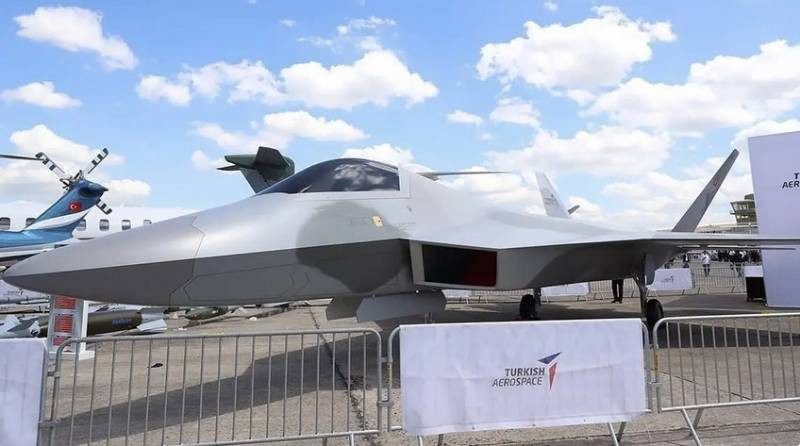
You will now say: shish kebab is also kebab in North Africa, even if it is shish. And when in Russian shish - then kebab has nothing to do with it at all. But in relation to the plans of our Sultan Erdogan, a fifth-generation fighter can only be a shish kebab, and nothing else.
Turkish Aerospace Industries says construction of the initial prototype of the fifth-generation Turkish TF-X fighter jet has been steadily progressing since the first images of the aircraft were released last year. Cartoons are cartoons, and the Turks have filmed enough of them, but there is already a prototype in metal. It is clear that this will be a sample for static tests, but the presentation was a success. Rivets in the nose of the aircraft were riveted by various representatives of various departments and echelons of the Turkish government.
When compared with the original images and full-scale mock-ups, the aircraft acquired characteristic facets, like that of ... In general, all new developments in the world, with the exception of Russian and Chinese, copy the F-35 to one degree or another.
The second novelty was the change in the bow, its volume was significantly increased in order to install a special infrared sensor system for searching and tracking targets, or IRST, which it was decided to install in front of the cockpit. But IRST was not enough. And they decided to equip the prototype of the Turkish super-fighter with the EOTS multi-purpose electro-optical guidance system, which was placed at the bottom of the front of the fuselage.
Surprisingly, to date, no promising combat aircraft has a similar configuration with separately functioning IRST and EOTS systems.
Yes, this is a prototype. Promising aircraft. And this aircraft theoretically has a perspective.
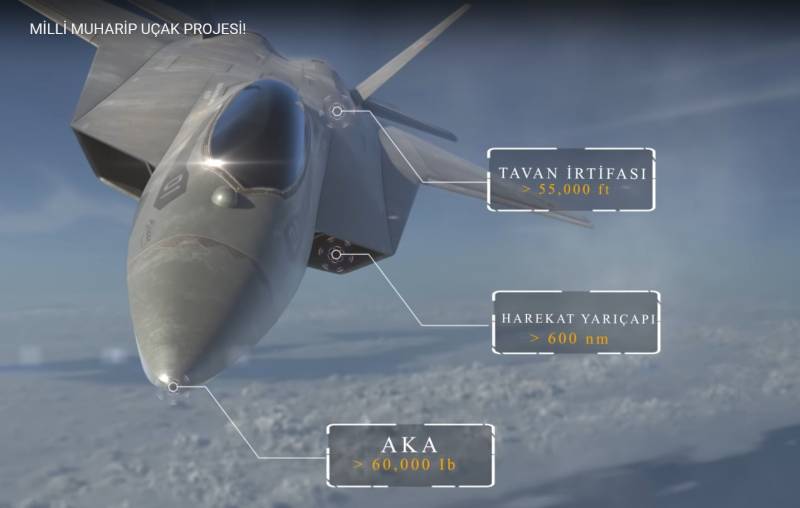
Turkish Aerospace Industries CEO Temel Kotil told CNN Turk that the plane could make its first flight this year. This will be two years ahead of the schedule that Kotil laid out in 2019 when the mock-up aircraft was unveiled. How this can affect the actual production of the aircraft and its acceptance into operation is difficult to say, but two years is quite an impressive figure.
Turkey is a very peculiar country. Industry is not that there are not enough stars from the sky, but what is seized is seized. Therefore, counting on the help of the allies, the Turkish army supplies itself with the help of its industry. Airplanes, UAVs, armored vehicles, MLRS, self-propelled guns, ships - not as many as we would like, but not as few as in other countries.
Why the fifth generation fighter? Yes, and so peculiarly equipped? Perhaps imperial ambitions, perhaps something else.
But regardless of whether the first flight will take place in 2023 or not, whether the configuration of the TF-X will change over time, in any case, the Turkish prototype is already quite remarkable in that it has separate IRST and EOTS systems in its equipment. Although many aviation experts express some doubts that they correctly understand how these systems will be installed and implemented in practice.
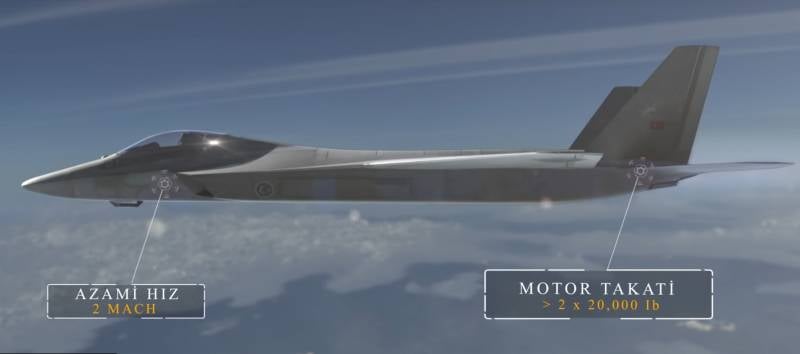
The cockpit mock-up of the TF-X that Turkish Aerospace Industries (TUSAS) exhibited at the Farnborough International Air Show in the United Kingdom last year had very rough outlines of the nose and under fuselage systems, and today it is not entirely clear what it will look like. IRST and EOTS sensor locations. And the representatives of the company did not give explanations on this topic, so it was not clear whether this was the final configuration or just a blueprint. In general, this applies to a lesser extent to the IRST system, which was seen in previous computer visualizations of the aircraft, but not everything is transparent about EOTS.
No one will doubt that the way the IRST is installed is broadly similar to how the Lockheed Martin TacIRST was integrated into the F-5 Advanced Tiger aircraft owned by the private firm Tactical Air Support (TacAir).
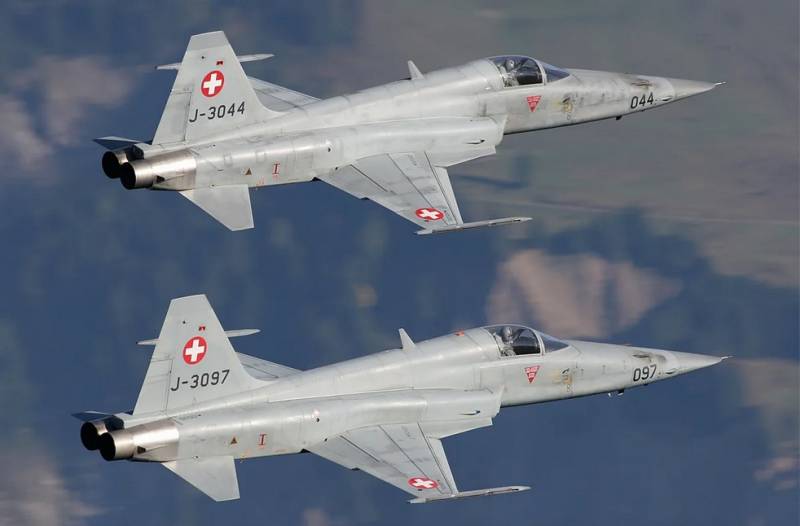
The TacIRST on the F-5 is equipped with a fixed-angle infrared sensor mounted at the top of the aircraft's nose. Apparently, Turkish engineers did not rack their brains and invent something new and simply copied the placement method. True, on the Turkish fighter, the sensor is hidden by the edges of the fuselage and is located behind an inconspicuous window, probably made of sapphire glass with a special coating.
This is different from how IRST is installed on other aircraft, where the sensor is mounted inside a ball-shaped housing on a movable mount. But it is possible that on a Turkish aircraft, the sensor also has the ability to move, albeit in a limited plane.
The installation of IRST sensors on the TF-X can increase the capabilities of the aircraft navigation system during flights
indicate that the system has some degree of advanced infrared capabilities to help with navigation, including at night and in bad weather and at night.
In general, the IRST system is focused on the detection and tracking of air targets by their infrared signature at extended ranges. IRSTs are not affected by design features designed to reduce the EPR of the aircraft, and are immune to electronic warfare attacks. This is a good addition to the aircraft's airborne radar, especially when participating in operations where active electronic warfare interference is expected. IRST sensors operate passively, unlike active radar, so the target will not be alerted that it has been detected. All in all, the IRST is a useful assistant to the radar and they can work together to detect, track and engage targets.
As for the EOTS system, it is also similar to those found on all variants of the F-35. A ban on the supply of F-35s to Turkey does not mean a ban on the supply of technologies for individual systems that can be used in other aircraft, right?
Therefore, EOTS-type systems, although they have some of the capabilities of IRST systems, are primarily designed to provide more accurate visibility and target identification at shorter distances and laser designation of these targets, if necessary.

Thus, the capabilities of the EOTS system can be used to capture targets both in the air and at sea or on land. By the way, the EOTS system can easily be used to collect intelligence data with the subsequent transmission of this data, for example, to ground forces.
In fact, if the Turkish engineers succeed, then the simultaneous operation of the IRST and EOTS systems can provide the pilot with higher situational awareness. That is, the TF-X pilot can use the EOTS system to observe ground objects, while simultaneously using the IRST system for other tasks. The more specialized IRST sensor system will be better at scanning and tracking targets at longer ranges than EOTS, which is primarily air-to-ground and tracking targets.
Further, EOTS and IRST can work together, with EOTS providing a more accurate representation of what the IRST sensors are detecting. This is especially useful at night to identify targets, engage in highly dynamic dogfights, or perform tasks such as intercepting cruise missiles or UAVs.
Today, to solve such problems, guidance modules are often used, such as the Sniper on American aircraft of the F-15C / D family, by the way, which are in service with the Turkish Air Force. Here it is customary to use aircraft radar for early warning rather than IRST, although IRST may now be more preferable in some cases. EOTS can also be used to collect and record information during interception operations and close encounters with aircraft that are potential targets.
The main part of the information provided by IRST systems is the search and analysis of a potential target. One aircraft can determine how far away that object is by other means, but this is typically a labor intensive process. Combining IRSTs on multiple aircraft together, a feature that TF-Xs may also have, offers options for faster triangulation of data for range, target bearing, and target characterization.
The interaction of IRST systems on several aircraft was worked on by Lockheed Martin as part of the Legion Pod project.
It is worth noting that IRST systems have historically been used most often on Russian and Chinese-made fighters, but in recent years they have experienced a general renaissance. More and more air forces around the world are using or working to deploy stealth combat aircraft and cruise missiles, or at least designs with some degree of stealth performance. So it's no surprise that the TF-X has IRST in addition to its EOTS. Distributed throughout the aircraft, the combination of IRST and EOTS can provide excellent additional capabilities over other stealth fighters.
So we're seeing the progress on the TF-X that TUSAS CEO Kotila was talking about and maybe we've yet to see the real capabilities of this aircraft when it actually takes off.
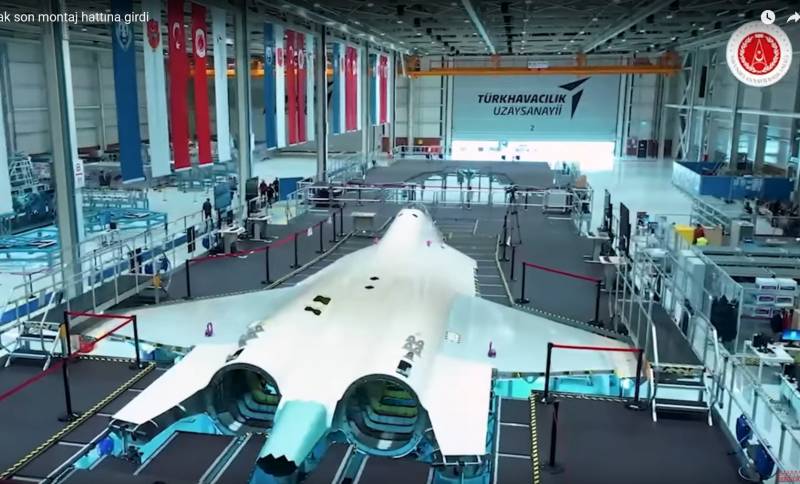
But with this, unlike combat electronic systems, there are certain problems. Initially, the Turks planned to use the well-mastered Pratt & Whitney F110 engines, which are assembled under license in Turkey, to lift the TF-X into the air.
I'm sorry, but this is not serious. Yes, this would be enough for the initial prototypes, but even the use of the latest version of the F110-GE-132 model of 2003 with a thrust of 14 kgf is not that little, our AL-500F41S has approximately the same characteristics. The problem is different. The problem is the cooling of US-Turkish relations, as a result of which the Turks have problems with the construction of engines.
And when the US government excluded Turkey from the F-35 Joint Strike Fighter program in 2019 due to Turkey's purchase of Russian S-400 anti-aircraft missile systems, that's when the TF-X gained a lot of prominence in Turkish military circles.
American officials, as well as representatives of other countries participating in the F-35 program, expressed concern about the potential security risks associated with Turkey becoming the operator of the S-400 air defense system, therefore it was collectively decided that the F-35 the Turks will not get it.
It is obvious that the decision was made to "catch up and overtake." To prove that Turkish military thought is quite capable of creating modern fighters that surpass world analogues in some parameters.
It's so possible - to have the label "has no analogues in the world", isn't it?
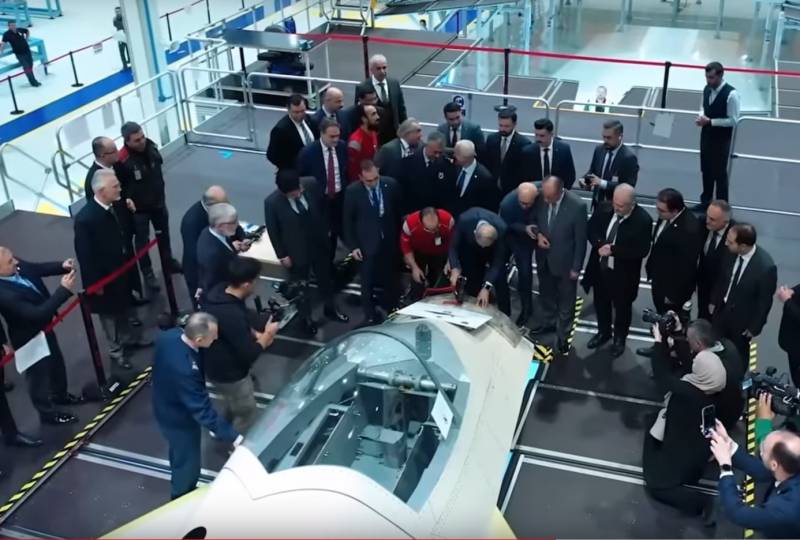
Of course, if TF-X does take to the skies this year it will be a huge achievement, but that's only one part of the development process. What starts next will take even longer.
But the fact that Turkish designers have used a new combination of IRST and EOTS systems in their TF-X project already makes the project interesting to study, since it will be very interesting for many experts to analyze both the co-location of IRST and EOTS systems, and the functioning of these systems both separately , and together.
Another question is that ambitions will not necessarily lead Turkey to the club of countries that create really promising prototypes and real aircraft based on them.
That is, a seemingly real shish kebab can easily turn out to be an ordinary shish.
Information